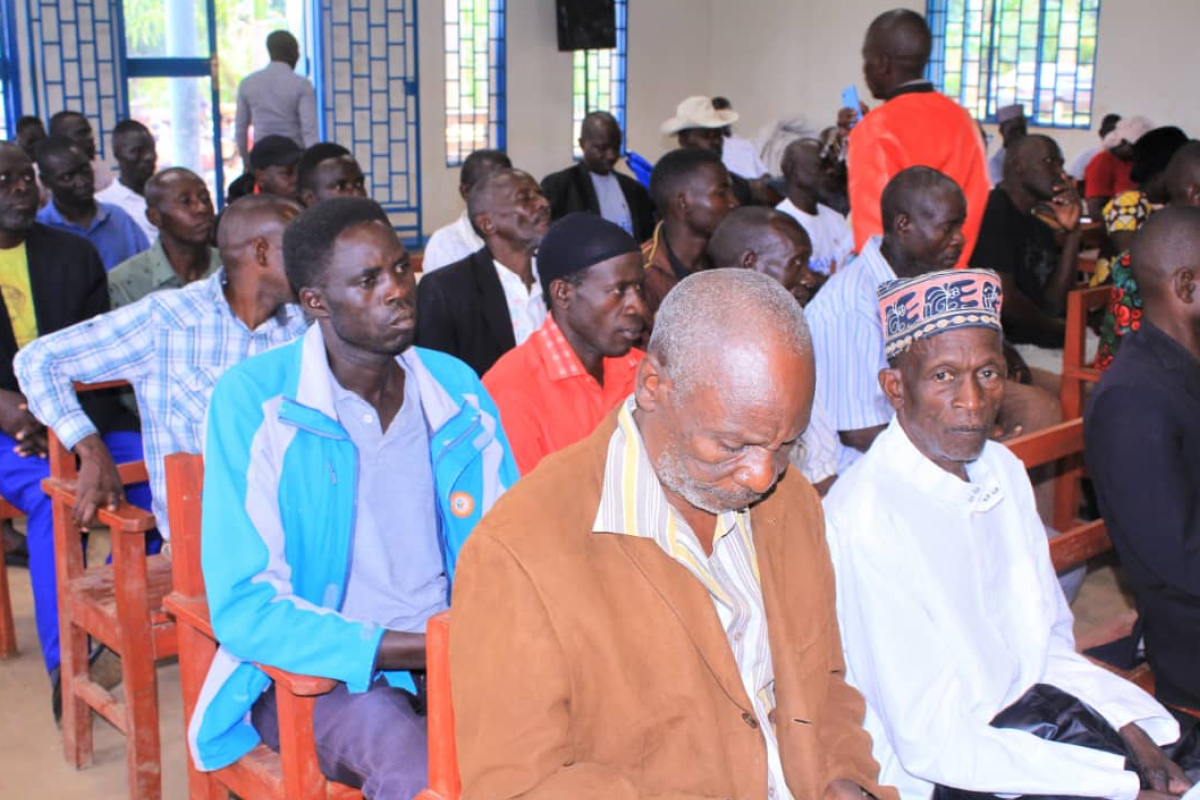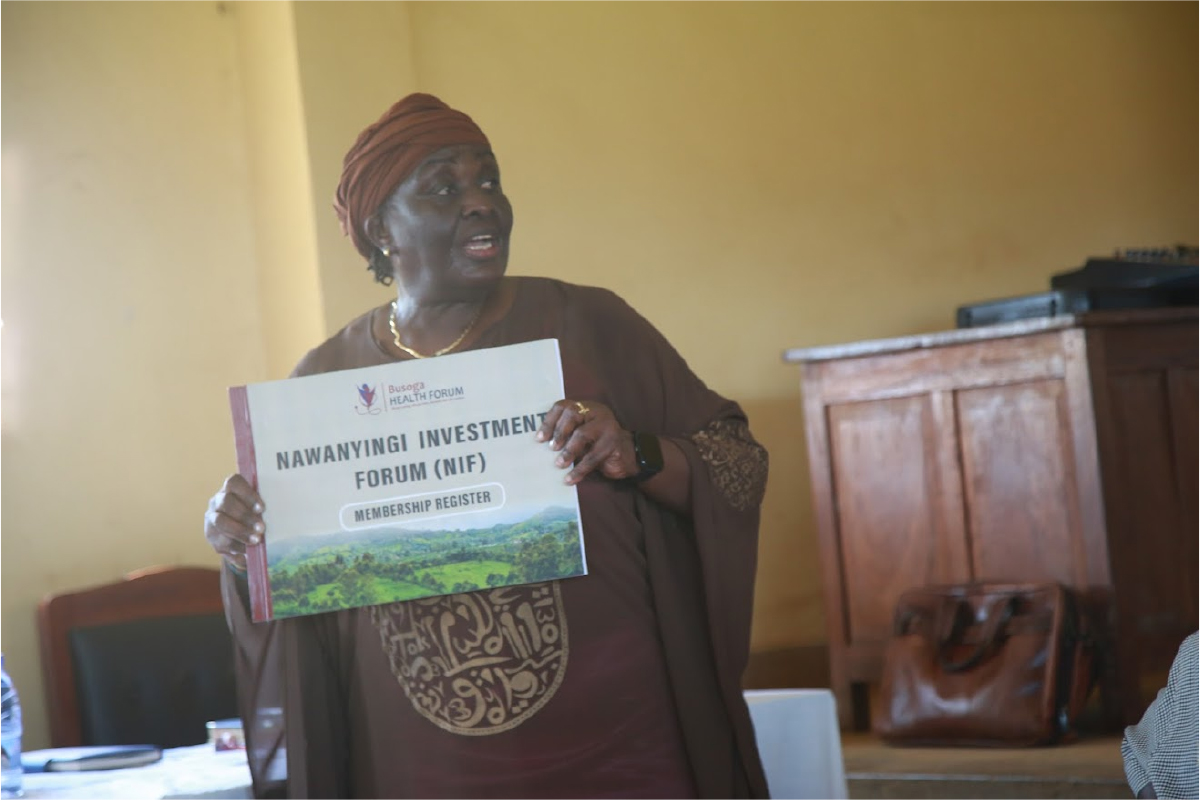Published By BHF | April 12, 2023

Noncommunicable diseases (NCDs) tend to be of long duration and often result from a combination of genetic, physiological, environmental and behavioural factors. The most common ones include; cardiovascular diseases (such as heart attacks and stroke), cancers, chronic respiratory diseases (such as chronic obstructive pulmonary disease and asthma) and diabetes. NCDs disproportionately affect people in low- and middle-income countries like Uganda, where more than three-quarters of global NCD deaths (31.4 million) occur. [1, 2]
NCDs are rising in Uganda; according to the Uganda cancer registry, about 34,008 cases are reported annually with a mortality rate of about 80%, Type 1 and Type 2 Diabetes prevalence (of the population ages 20 to 79) of 4.6% was reported in 2021. The incidence of hypertension is currently estimated at about one-third among adults and growing. It’s 3rd among the top 10 diseases in Uganda [DHIS2, 2021]
NCDs affect people of all age groups, Children, adults and the elderly are all vulnerable to the risk factors contributing to NCDs, whether from unhealthy diets, physical inactivity, exposure to tobacco smoke or harmful use of alcohol.[3] Evidence shows that 17 million NCD deaths occur before the age of 70 years. Of these premature deaths, 86% are estimated to occur in developing countries, Uganda inclusive. The World Health Organisation estimates that the burden of NCDs will increase by 17% globally and 27% in Africa.
Sedentary workers are particularly vulnerable and prone to NCDs. Literature indicates that developing many NCDs like stroke, type 2 diabetes, breast and colon cancer, and heart disease is related to Physical inactivity [4]. Prolonged sitting is an independent risk factor for developing NCDs and most of the work around the globe involves prolonged sitting [5]. Creating awareness among the population at risk is vital in reducing the complications of the diseases and improving workers’ productivity and economic development. Therefore, Busoga Health Forum (BHF) will conduct workplace NCDs awareness, screening, psychosocial support, referral and follow-up to achieve a healthy and productive workforce targeting corporate institutions including; financial institutions, leisure and hospitality institutions, among others in the Busoga subregion.
Intervention
To lessen the impact of NCDs on individuals and society, a comprehensive approach is needed requiring all sectors to collaborate to reduce the risks associated with NCDs and to promote interventions to prevent and control them.
Investing in better management of NCDs is critical. Management of NCDs includes; detecting, screening and treating these diseases, and providing access to palliative care for people in need. High-impact essential NCD interventions can be delivered through a primary healthcare approach to strengthening early detection and timely treatment. Evidence shows such interventions are excellent economic investments because, if provided early to patients, they can reduce the need for more expensive treatment.
Busoga Health Forum (BHF) is therefore carrying out NCDs awareness among corporate institutions in the Busoga sub-region, counsel and screen staff and provide the necessary care on-site and through referrals for the management of advanced cases.
Impact result: Improved staff productivity
Outcome Results
- Increased awareness about NCDs and associated risks
- Improve the work environment.
- A healthier workforce.
Proposed Activities
- Conduct an NCD awareness campaign.
- Sensitise members of the targeted corporate institutions on NCDs
- Form and train a workplace NCD task force to promote awareness and champion preventive/ mitigating activities.
- Hold radio talk shows to create NCD awareness among the general public
- Support the targeted corporate institutions to design and implement an NCD-conscious work environment.
2. Screening for NCDs and Referral
- Conduct quarterly on-site screening for NCDs,
- Refer suspected cases for investigation of cardiovascular diseases (such as heart attacks and stroke) and cancers to hospitals and other accredited facilities.
- Provide Psycho-social counselling and support to identified patients.
Project Evaluation:
The project shall be evaluated at the end of the year. Process monitoring shall be undertaken quarterly based on activities.
Institutional capacity
The Busoga Health Forum (BHF) Uganda uses multidisciplinary medical professionals, public health specialists, and other health-related and non-clinical practitioners to address the region’s health-related issues. BHF advocates for the improvement and maintenance of community health programs through developing community-centred interventions and policy briefs based on evidence generated in the region and country on best practices. Therefore, we are a think tank, generating evidence to drive health policy action to improve the health and development of individuals in the Busoga region.
BHF is a convener of the regional civil society platform on Non-Communicable Diseases (NCDs), Reproductive Maternal Neonatal Child Adolescent Health and Nutrition, which advocates for improved physical activity, access to SRHR and family services in the Busoga region in the east-central sub-region of Uganda. BHF is working towards becoming a regional data epicentre.
Thus, this project will enhance our innovative and creative capacity to fulfil our existing mandate, especially in promoting physical health, mental well-being, stakeholders’ engagement and participation in health. This project will mainly focus on increasing workplace productivity through awareness, screening, psychosocial support, referral and follow-up.
References:
1. Unwin, N., et al., Tackling the emerging pandemic of non-communicable diseases in sub-Saharan Africa: the essential NCD health intervention project. Public health, 1999. 113(3): p. 141-146.
2. Terzic, A. and S. Waldman, Chronic diseases: the emerging pandemic. Clinical and translational science, 2011. 4(3): p. 225.
3. Organization, W.H., School policy framework: implementation of the WHO global strategy on diet, physical activity and health. 2008.
4. Tcymbal, A., et al., Prevalence of physical inactivity and sedentary behavior among adults in Armenia. Frontiers in Public Health, 2020. 8: p. 157.
5. Thivel, D., et al., Physical activity, inactivity, and sedentary behaviours: definitions and implications in occupational health. Frontiers in public health, 2018. 6: p. 288.




